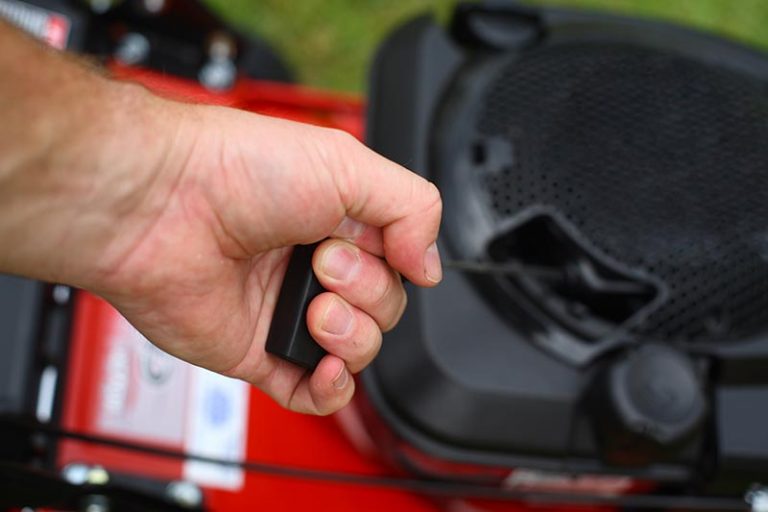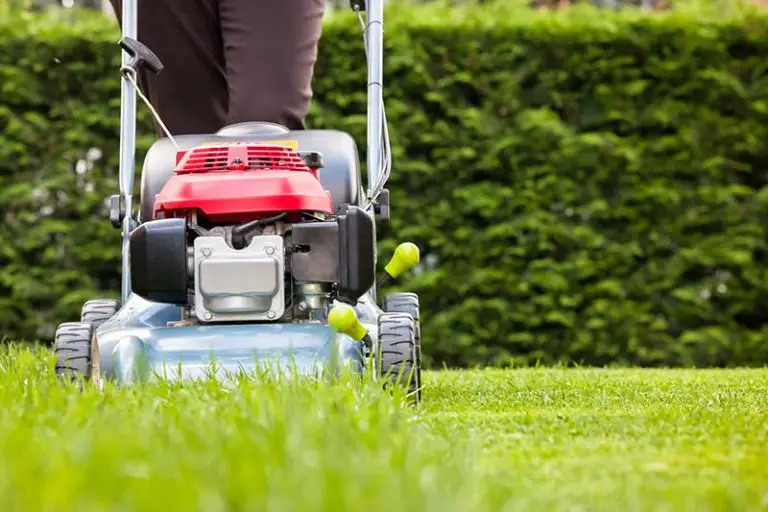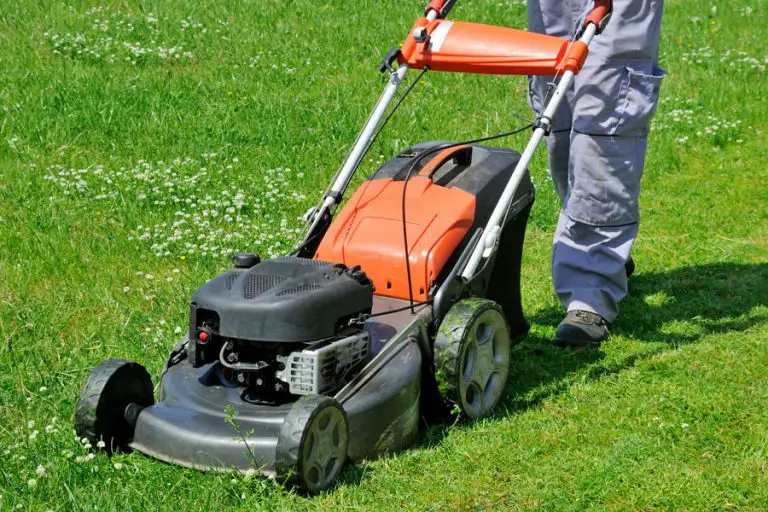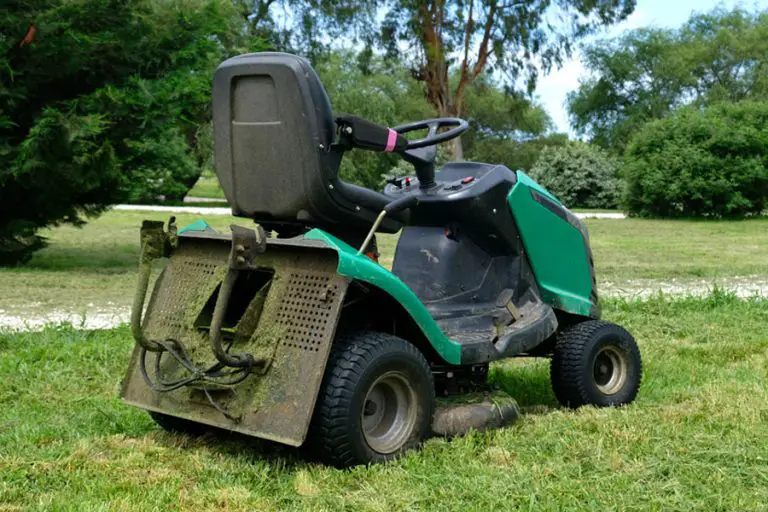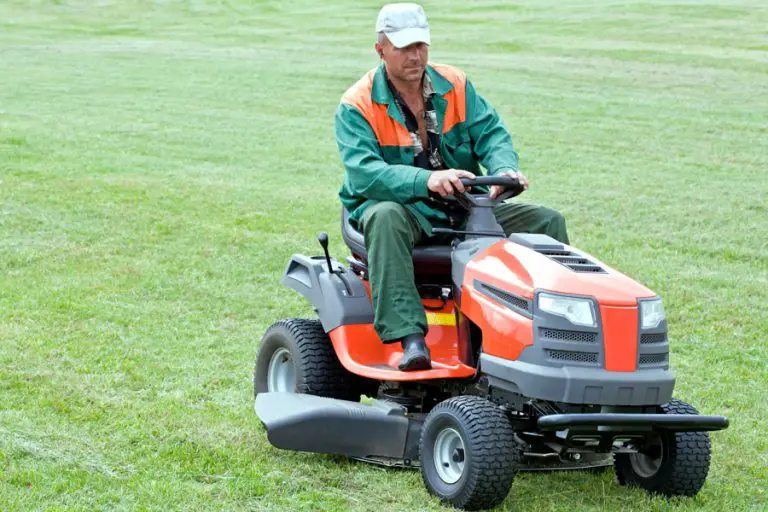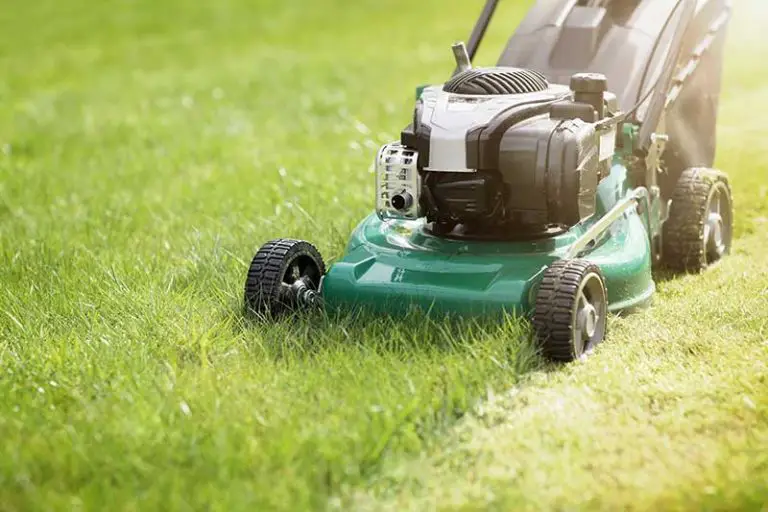Honda Lawn Mower Won’t Start – Causes & Fixes
Has your Honda lawn mower failed to start? Well, this is not an uncommon occurrence. Your lawn mower not starting is a sign that something is wrong with a component or more. You cannot precisely tell what the problem is at surface level, so the first thing to do is run checks. Most of these checks are simple ones you can do by yourself.
Many components work together to keep your lawnmower running fine. Hence, if there is a problem with any of these components, it could affect the system as a whole. An unmistakable signal of an issue is when the mower refuses to start, even after turning on the ignition.
It could be a problem with components such as the carburetor, fuel pump, air filters, gas, fuel filters, etc. To fix the mower, you need to take your time to identify where the fault is coming from and then repair or replace it where required.
This article will highlight the possible faults and how to get your mower back on the lawn in no time.
Things To Check on Your Honda Lawn Mower
Here are six essential components we recommend that you check, with guidance on how to fix them if faulty;
- Carburetor
- Spark plug
- Air filter and Fuel filter
- Gas and oil level
- Ignition
- Battery
- Others
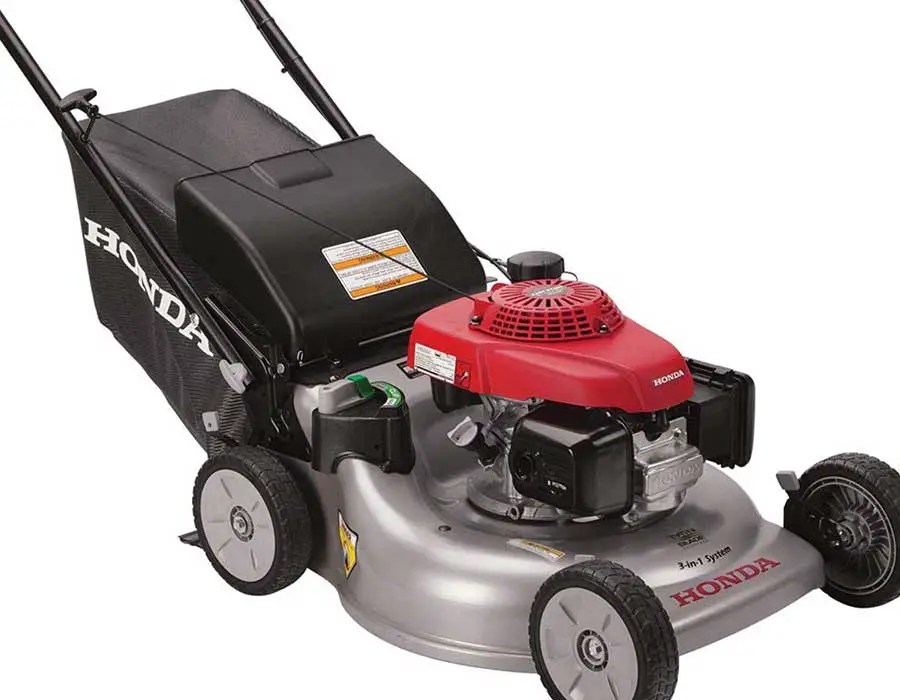
Carburetor
The carburetor’s job is to make sure the correct level of the air-fuel mixture goes into the engine cylinder for combustion to occur. When gas is left in the tank for an extended period, the sticky residue left over after evaporation can clog up the carburetor. A clogged carburetor will prevent the mower from starting.
How to fix: Use a carburetor cleaner spray to get rid of the deposits and debris. Also, clean the bowl and the jet, using compressed air or a wire to poke through it. Wipe the now cleaned carburetor dry and reinstall.
Spark Plug
The spark plug ignites the mixture in the combustion chamber to start the engine. A faulty spark plug could be why the mower won’t start. If the porcelain insulator is broken, or there is carbon build-up at the electrodes, then it is faulty.
How to fix: the best option is usually to discard the old spark plug and install a new one.
Air Filter
The air filter cleans the air from particles and dirt before the air gets into the engine. After a while, the dirt builds up on the filter. There are different types of air filters- paper filter, foam filter, and hybrid filter. The paper filter is more fragile and is usually for one-time use; the foam filter can be washed and reused.
How to fix: If your lawn mower’s foam air filter is clogged, simply wash in detergent and dry. After it dries, coat it lightly in oil to catch debris.
Fuel Filter
Like the air filter, the fuel filter catches particles from fuel this time, preventing dirt from getting into the engine. Types of fuel filters are nylon filters, paper filters, and metal filters. Among the three, only the metal filter can be reused. The rest need a replacement if clogged.
How to fix: Use carburetor cleaner spray to clean the filter, wipe and reinstall.
Gas And Oil Level
It may have skipped your mind to fill up your fuel tank and oil before starting your lawnmower.
Confirm if you have enough fuel, and fill up if necessary. Also, check the engine oil if it needs to be drained and replaced. If the engine oil has turned dark in color, it is old and must be drained and filled with fresh oil.
Also, it is possible to have your tank full of bad gas. Good fuel is unleaded, with an octane rating of 87 and higher and an ethanol level of 10% maximum. Also, leaving gas in the tank for a long time can make it turn bad. The average shelf life of fuel is about 30 days.
Bad gas can lead to engine knocking, sticky residue, and engine damage.
How to fix: Drain the fuel tank completely and add fresh gas. Using fuel additives will help clean the fuel system and increase the shelf life of the fuel.
Ignition Coil
The ignition coil works closely with the spark plug to send voltage while the engine runs. If you are sure the spark plug works well, then the ignition coil might be the next thing to diagnose. You can test the ignition coil with a tester. If there is no spark, the coil is faulty and needs to be replaced.
Battery
Here are the signs to look out for in your battery;
- Loose connection
- Corroded terminals
- Swollen or leaky battery case
- Low charge
Loose connection: Check the connection and tighten them where necessary.
Corroded terminals: With a simple mix of water and baking soda, and a metal brush, you can get rid of the rusty residue around the terminal.
Swollen battery case: If the battery is leaking with a swollen case, you would need to get a new battery.
Low charge: Use a multimeter to check for the charge by connecting the prongs to the terminals accordingly. Anything below 12.7V shows that the battery needs charging. If it does not hold a charge, it needs to be replaced.
Solenoid: The starter solenoid is an electromagnetic device in the starter motor that receives charge from the battery on the ignition and sends a larger amount of current to the starter motor. The solenoid often goes bad when the ignition is left in the start position for too long. When you turn the ignition key of your Honda mower and hear clicking sounds or the wires attached to the solenoid begin to heat up, it signals something wrong.
How to fix: when you discover your solenoid is bad, replace it with a new one.
Other Components To Check
Apart from the components listed, other parts would need to be checked too if the lawnmower stays the same. They are; the rewind pulley, gas cap, fuel line, fuse, safety switches, and the flywheel.
Safety During Checks
- Wear clothing you do not mind getting stains on
- Use of safety gear such as goggles and gloves
- Ensure that the engine is turned off and left to cool before starting anything
- Carry out these checks in a well-ventilated space, preferably in the open air
- Have a rag or tray nearby to catch oil spill
- It is advised to have a fire extinguisher available
- Carefully note the position of components for correct re-installation
How To Avoid A Starting Problem In The Future
You can prevent this from happening (again) by taking preventive measures and regular maintenance. Here are some tips to follow:
- Clean your carburetor regularly:
Please do not wait until your carburetor is completely clogged before cleaning it. Carry out routine checks on your mower and clean the necessary parts. A carburetor spray or WD40 is a must-have in your garage for maintenance. It is also good to know that carburetor cleaning sprays are multipurpose and can be used to maintain other parts such as the fuel filter.
- Do not leave your mower idle for long
If it has been long since you last used your mower, do not forget it in the garage corner. Sometimes, warm it up and run it for a minute or two. This lets some oil flow around it and keeps the parts ready to work when needed.
- Avoid leaving fuel in the fuel tank for more than thirty days
If you will be letting the mower be for a while, it is best to drain the fuel and oil rather than let it sit in the tank. The fuel will deteriorate in quality and go bad. Bad fuel has a darker color and an unpleasant smell. Letting fuel sit in the engine for too long will cause damage to the engine.
- Check spark plugs, air filters, fuel filters, and connections
Do routine checks on the parts that tend to collect debris and check the connections from time to time if there is any tightening to be done.
- Charge batteries
Charge your lawn mower battery when it is down. Anything below 12.7 volts shows that the battery is due for a charge.
FAQs
How long should my Honda lawn mower last?
With proper maintenance, Honda lawn mowers can last up to 15 years or even more. The brand provides a warranty of up to seven years, so you can be sure Honda mowers are durable.
When should I change my lawnmower?
Since Honda lawn mowers are very durable, you might not need to change it so far, it still works fine- except you want an upgrade. However, some issues are so expensive to fix that their cost is as good as buying another mower. For example, transmission faults, frequent breakdowns, crankshaft damage, a blown engine, or recommendation from an expert.
How often should I service my lawnmower?
At least every twelve months, taking your mower for servicing helps it last longer and work better.

